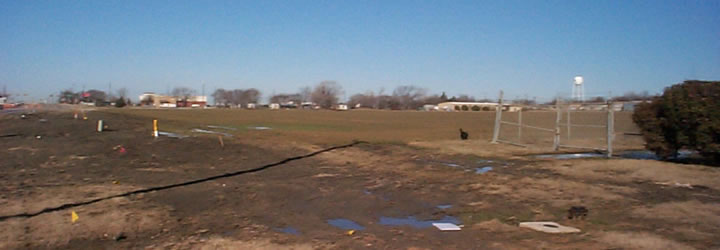 Boundary surveying deals with the definition of rights in property. This means determining the boundaries between one property and another. It includes defining the boundaries of lease areas or servitude (easement), areas over a particular property in favor of other persons, and the boundaries between units in buildings.
Boundary surveying deals with the definition of rights in property. This means determining the boundaries between one property and another. It includes defining the boundaries of lease areas or servitude (easement), areas over a particular property in favor of other persons, and the boundaries between units in buildings.
A Boundary Survey is the individual surveyor’s opinion as to the location of your property. It is based on existing divisions of property and is often called a retracement survey. It is intended to recover previously established boundary lines. Surveyors leave evidence of their work in the form of monuments at the retraced property corners. A drawing or plat is provided to the owner showing what existing evidence was found, where the existing monuments were found and where the surveyor placed the retraced monuments.
The completion of a boundary survey is part legal process and part scientific process. The boundary surveyor, in retracing an old survey, must consider the history of the recorded legal description of the land and it’s adjoins. Often there are conflicts to resolve. This involves knowledge of the legal principals of land ownership and skills in research and investigation.
When the initial research and analysis is complete, the surveyor performs the duties of an archeologist to find physical evidence of previous surveys and the lines of occupation on the ground. The surveyor must understand the concepts of good measurements to find and describe what is found, and must be able to interpret its relationship to the record including an analysis of the methods used in the original survey.
Boundary Surveys may or may not show improvements and other physical features on the property. Depending on the purpose of the survey the owner may request many additional items be shown. It is important to communicate the purpose of the survey to your surveyor so that together you may establish the requirements for the survey.
- When you may need this type of service
- When constructing improvements or erecting a fence
- When subdividing a parcel, tract or lot
- When granting or being granted an easement
- When interested in identifying the limits of ownership
- When you suspect an encroachment or you are having a boundary dispute